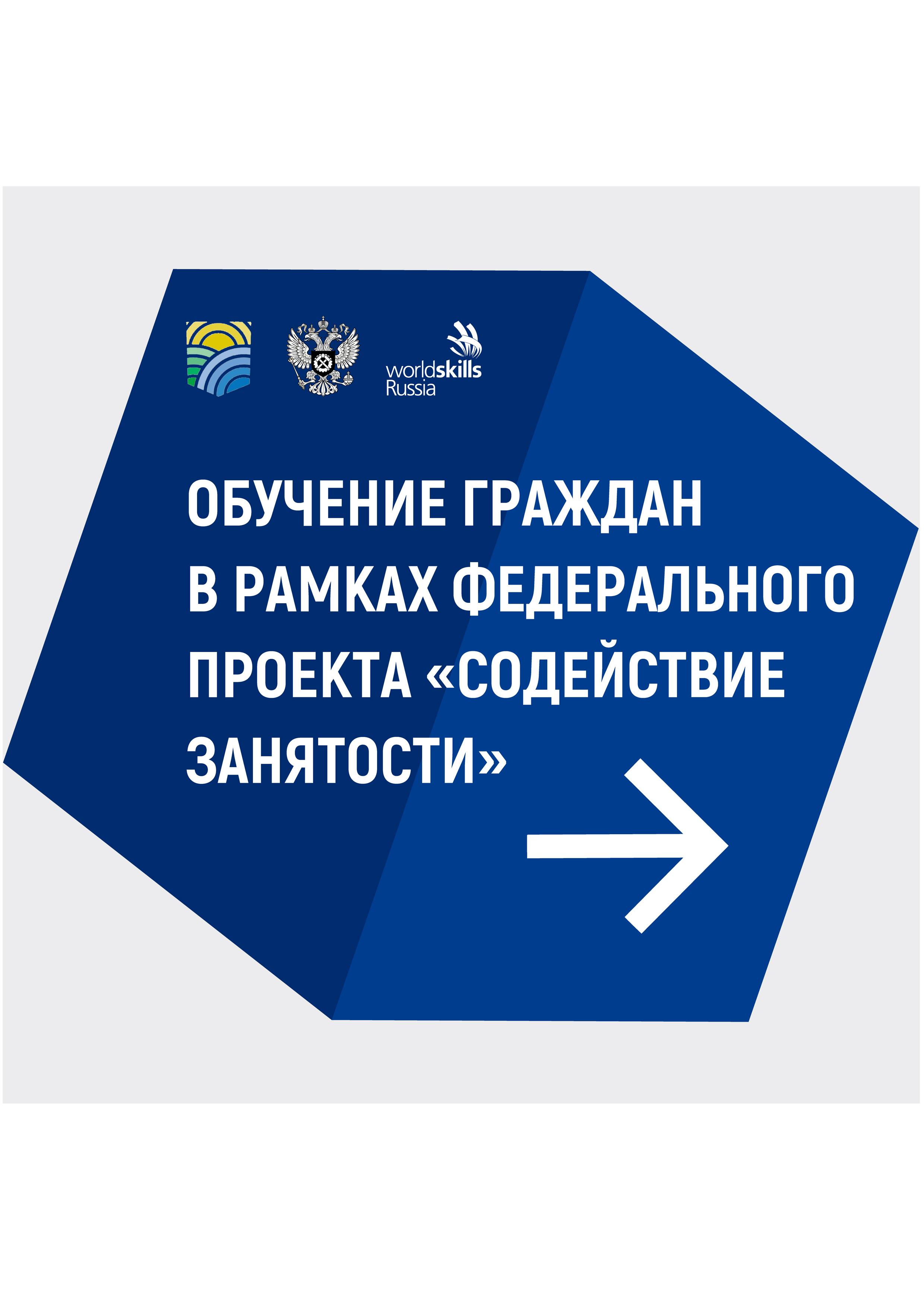What You Need to Know About Personal Injury Law
If you’re the victim of another’s negligence and you’re injured, you could be able to claim compensation for your injuries. This is the law governing personal injury law firm injuries.
The first step in any personal injury case is to determine who’s accountable for your injuries and what damages you can recover. Your lawyer will help you navigate the legal procedure.
Negligence
Negligence is a legal term that can be applied to a variety of situations. It involves a person’s failure to act with the level of care that a reasonable person would exercise in the same or similar circumstances.
Every person is bound to exercise ordinary diligence in relation to property and other people. This includes adhering to traffic laws, setting out campfires, and many other actions one must do to ensure the safety of others.
A jury could find a person negligent if they don’t fulfill this duty. The jury looks at the defendant’s conduct and then compares it with the manner that a prudent person would have acted in the same scenario.
If a person is found to be negligent, they could be held accountable for any damages resulting from their negligence. To establish negligence, there must be four elements: duty, breach, proximate causation and causation.
Duty Law of Personal Injury: In the field of personal injury law, an individual is obligated to protect other people from harm. This could be a moral or physical obligation. It could be to keep other people safe on their property or provide them with medical care.
Proving that there was a breach of the duty of care is the next step in a negligence lawsuit. This element requires the plaintiff to identify the party who had a duty to them and explain how they breached the duty.
The next step is to demonstrate that the breach of duty caused of their injuries. It can be difficult to prove that the cause was proximate since there could be multiple parties at fault for the accident.
The statute of limitations in New York for filing a personal injury law firms injury lawsuit is three years following the date of the accident. However, some exceptions could reduce that timeframe.
Damages
When a person is injured in an accident, they are entitled to damages to compensate for their loss. The purpose of these damages is to make the victim as whole as is feasible, and as close as is possible to their condition prior to the accident.
Personal injury law allows an injured person to seek compensation for damages in a lawsuit against the people who caused their injuries. These damages can include economic and non-economic loss.
In the majority of states, damages are awarded based upon the amount of negligence that was involved in the injury. This means you could be awarded less if you are found to be at fault for the accident.
The costs of treating your injuries could be a factor in the value of your claim. Receiving medical treatment after an accident is expensive, so it’s important to determine the total amount you paid on medical expenses and lost wages as a result of the injury.
Damages can also involve things like emotional distress and suffering. These are not monetary in nature, but can affect the quality of life for a victim and ability to pursue their hobbies and spend time with their loved ones.
In certain instances victims can opt to receive their damage awards in the form of a structured settlement. These settlements distribute the damage award to the victim on a monthly or yearly basis over a period of time. They are a great alternative for those who have substantial Personal Injury Law Firms injury claims. They also can reduce the amount of federal and state income taxes. It’s recommended to discuss your financial needs with an attorney before choosing this option.
Statute of Limitations
A statute of limitations is a legal rule that limits how long you are required to start a personal injury lawsuit. This is crucial since if you don’t file your claim within the time period, your claim will be dismissed and you won’t be eligible to seek compensation for your injuries.
The statutes of limitations in every state differ It is therefore essential to speak with a New York personal injuries lawyer about your particular situation to determine if you’re in the right time to make a claim. They can also assist you navigate the laws of your specific area to ensure your claim is filed within the correct time frame.
The time limit for the majority of personal injury claims runs from the moment you realize of your injury. This could be the case in a case of medical negligence or an accident in the car.
There are exceptions to the rules which can extend the time it takes to file your claim, or delay it indefinitely. These exceptions could be a delay in discovery of your injuries or an incident that stops the clock.
Imagine living in an asbestos-contaminated house for a long period of time. At some point, your physician diagnoses you with a lung problem that was caused by your exposure to the substance.
If you’ve suffered injuries in this way, you are able to file a personal injury claim against the person responsible for the harm to your health and your well-being. This is because you were injured because of their negligence or other wrongful act and you are entitled to a fair amount of compensation.
Alongside being a crucial step in filing personal injury lawsuits the statute of limitations can also be an important element in settlement negotiations. If you fail to submit your claim within the timeframe stipulated by law other party will be aware you don’t have the legal right to settle and will try to prevent you from making a settlement. This is especially true when negotiating the amount of money that you get in settlement.
Settlements
Settlements are a popular method of settling personal injury claims. Settlements can be made prior or after a lawsuit has been filed. They may also be offered in lump-sum settlements , or structured settlements.
A settlement could help you get the money you need to cover your expenses after an injury or accident. You may be eligible to receive funds to pay for medical bills or lost wages as a result of being out of work. It is also possible to pay for other damages like pain and suffering.
However, it’s a good idea to consult an attorney before you accept the settlement offer. They can help determine the extent of your damages and what factors can increase or decrease them.
One of the most important aspects in determining the amount of your damages is fault. The more that you can prove that the offender was at fault in your injuries, the more the settlement you are likely to receive.
Another factor is the defendant’s financial capabilities. There is no monetary compensation if the defendant doesn’t have enough funds to cover your losses.
This means that you must assess the financial situation of the defendant prior to agreeing to a settlement. They might not have insurance coverage, or they might not have enough income to cover the full amount of your damage.
Consider whether your settlement will be tax deductible. The type of settlement and punitive damages will determine the amount of tax to be paid.
Trials
In personal injury law, trial is a chance for the plaintiff to present evidence in the hope of winning a judgement. The judge or jury must determine if a defendant is accountable and what amount should they be paid.
Although the majority of personal injury or large disputes are settled through settlements between the parties or alternative dispute resolution (ADR) processes like mediation and arbitration however, there are instances when trials are required. The jury or judge must be able to evaluate the credibility of evidence, scrutinize the testimony of witnesses and take into consideration all relevant facts in order to arrive to a decision.
Opening statements made by either the attorneys for the plaintiff or defendant are a typical element of a trial. Both sides must provide evidence of a crucial nature like witness statements as well as expert testimony, photographs of the scene of the accident or surveillance footage and other records.
After the opening statements have been completed After the opening statements have been completed, both sides will be permitted to present their closing arguments. This is an important stage in the process because it allows both sides to make their strongest arguments.
During the damages phase, both sides must submit medical evidence and other evidence to support their claims. This includes evidence of plaintiff’s injuries and their effect on life, such as pain and suffering, and particular damages like lost earnings.
A jury will examine the credibility of witnesses and evidence to determine whether the defendant is accountable for the plaintiffs’ injuries. If they do so, the jury will award the plaintiffs compensation for their injuries. This will include damages for past, present and future injuries.























